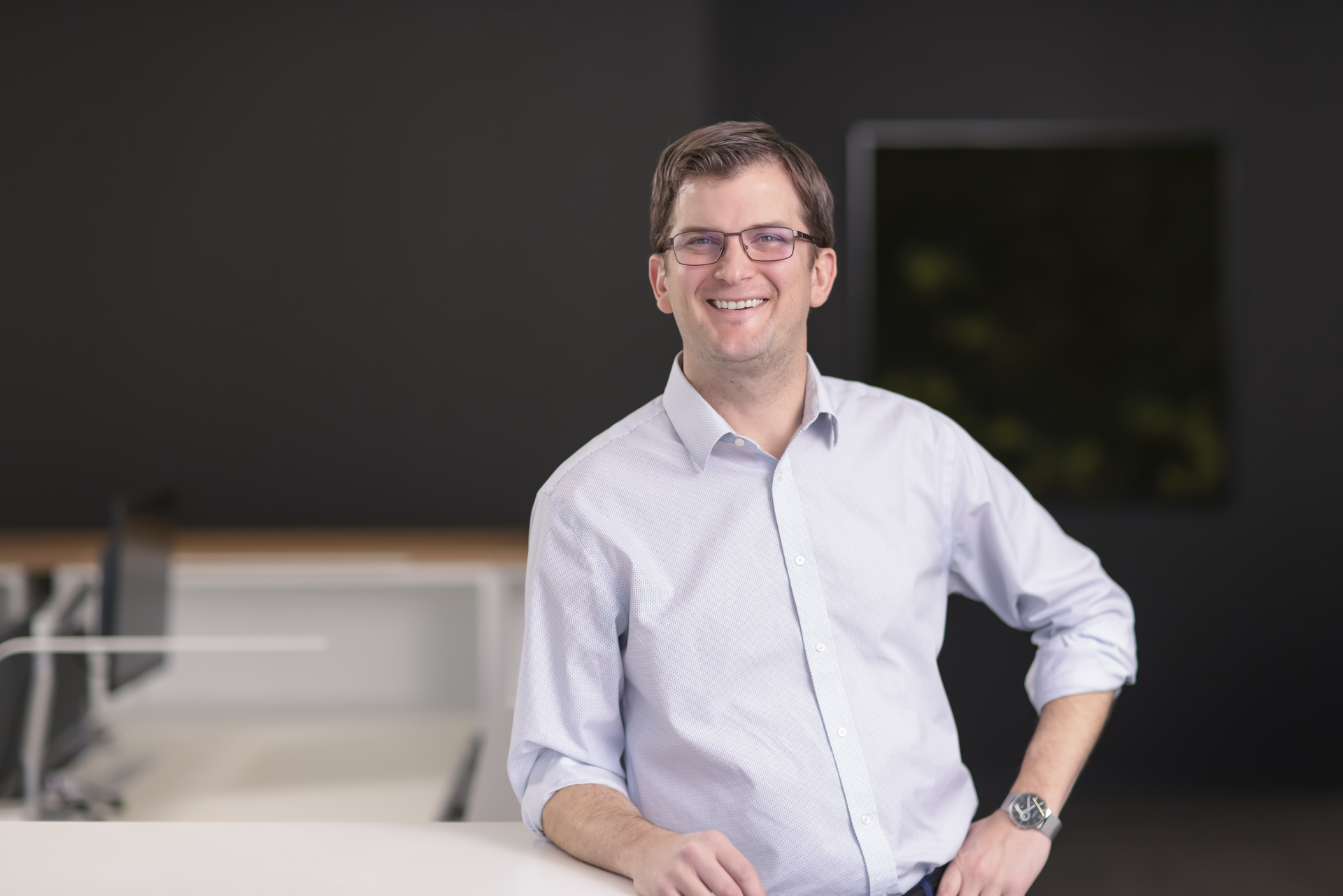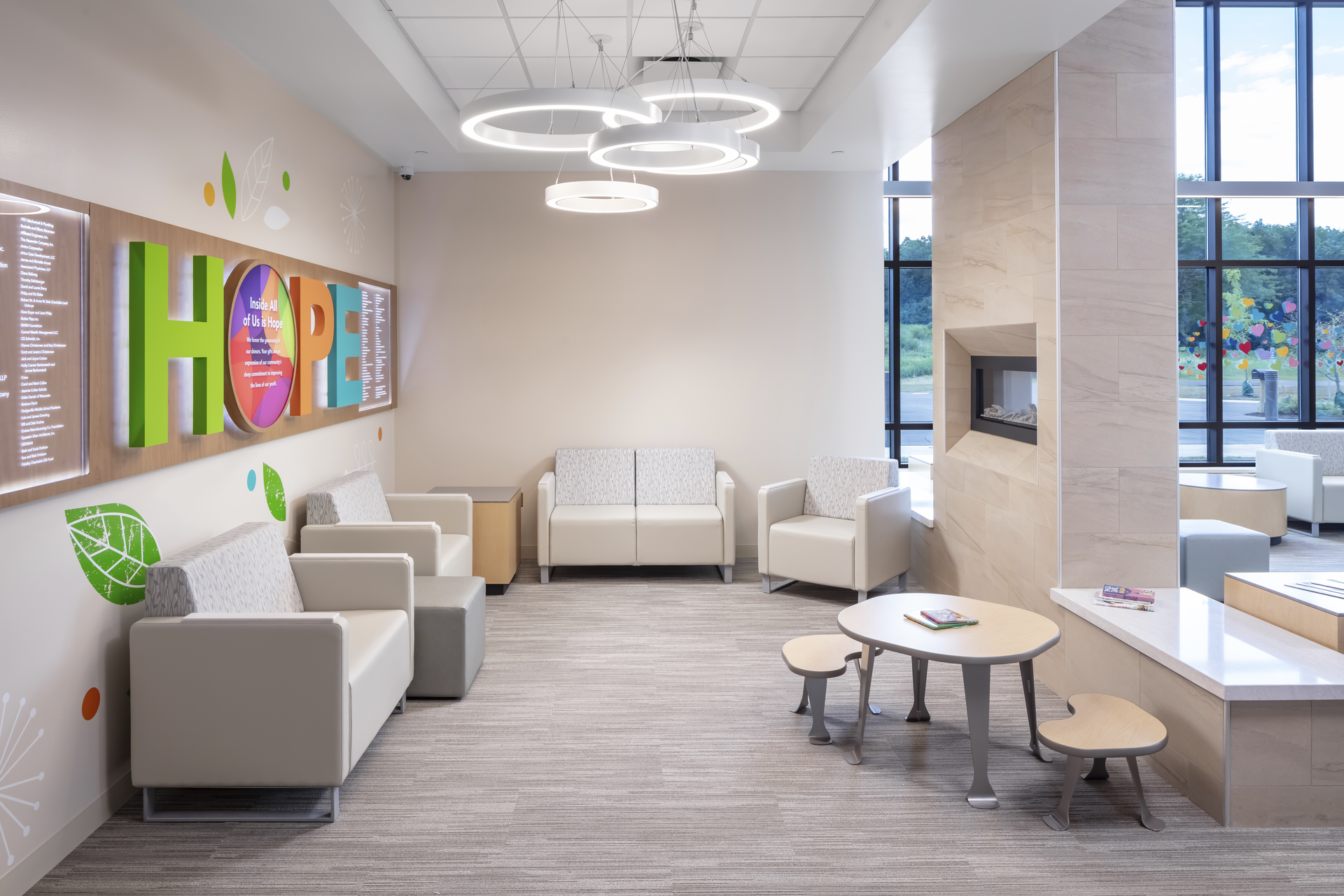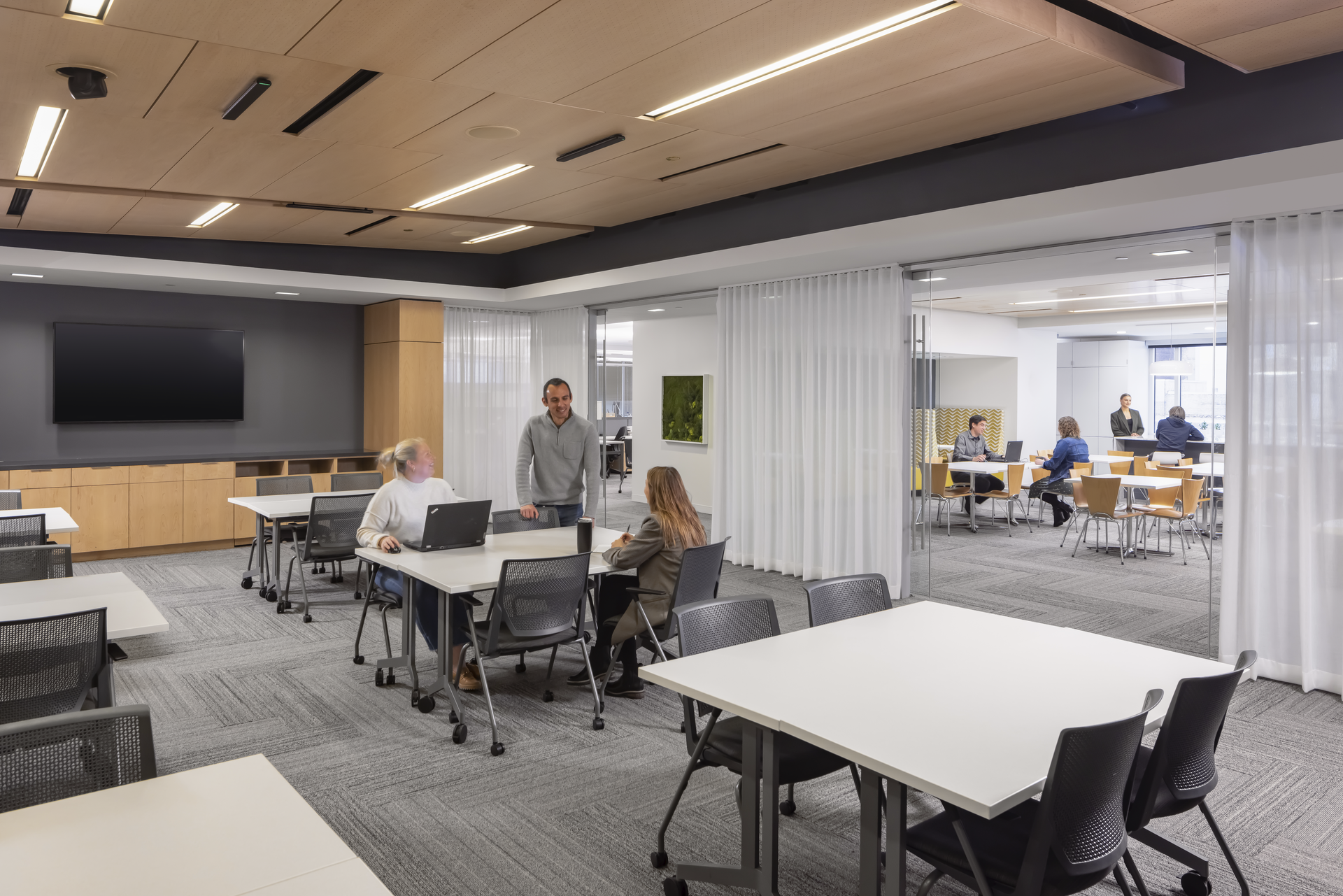If our latest podcast discussion is any indication, the future of design is in excellent hands. We were honored to sit down with the recipients of this year’s BWBR equity scholarships for an inspiring discussion about inclusion and diversity in design, the recipients’ incredible submission projects, and what’s next for them.
The BWBR Equity Scholarships
Our third annual equity scholarships aim to promote diversity and inclusion in the built environment by awarding $2,500 to students in architecture, interior design, or graphic design. We offer two scholarships each year: one for Gender Equity in Design, awarded to a woman, gender nonconforming, or trans applicant, and one for Diversity and Inclusion in Design, awarded to a BIPOC student.
The quality of submissions we received was exceptional, showcasing the remarkable creativity and dedication of emerging designers.
Let’s meet this year’s winners!
Scholarship for Gender Equity in Design
Valerie Lang, our recipient of the Scholarship for Gender Equity in Design, blew us away with her project “Transcendent Flow.” With a bachelor’s degree in interior design, Valerie is currently pursuing her Master of Architecture at the University of Washington. Her submitted design envisions an aerial acrobatics center that promotes gender equity within the circus community, creating an inclusive space where individuals can find peace and power and surpass their limits.
During our conversation, Valerie shared her perspective: “The [circus] community is really unique because we’re embracing everyone from anywhere. People in wheelchairs can have access to this physical movement. Everyone has this artistic expression within themselves.”
Scholarship for Diversity and Inclusion in Design
Mariam Elizabeth Jacob, our recipient of the Scholarship for Diversity and Inclusion in Design, entered a truly inspiring project, “The New Hearth.” As a Master of Architecture student at Columbia University, Mariam’s design reimagines a sanctuary for the youth of Poughkeepsie, New York, rooted in the rich history of an African American archaeological site.
Her project celebrates the hearth as a space of refuge and gathering, emphasizing the importance of community and cultural heritage. Mariam’s project conceptualizes programming that “looks into the idea of memory and sanctuary through the power of food across time.” The idea started as a monument but evolved into a living memorial where visitors “remember through making, reusing the space over and over again.”
Creating Empathy and Space for All
Valerie and Mariam highlight the importance of diversity and collaboration in the design industry through their projects, their words, and their clear passions. Valerie emphasizes how inclusive design can enhance quality of life. “We as designers can provide accessibility by creating spaces for people to be involved,” she says, adding that design can “influence how people behave and interact in our spaces.”
“The importance of diversity in the industry is crucial. It fosters an environment that demands empathy and fuels innovation and creativity,” Mariam says. She calls for a more interdisciplinary approach to design, involving specialists from various fields to effectively address complex and nuanced challenges. “I believe that fosters an environment that demands empathy—and not sympathy—with the stakeholders you’re dealing with.”
Shaping the Future of Design
Looking ahead, Valerie and Mariam each aspire to positively impact the future of design education. Valerie advocates for a stronger work-life balance in the industry, prioritizing mental health and challenging traditional norms. She adds, “I also want to help make a bigger impact on communities and be sustainable in my designs.” To that end, Valerie dreams of working at design firms internationally before becoming a professor to inspire and mentor the next generation of designers.
Mariam hopes to contribute to academia and practice simultaneously, bridging the gap between theory and application. She notes the power of representation, and as a woman of color in architecture, hopes to positively impact other young designers.
We’re proud to fund a scholarship program that elevates important voices and helps shape critical pathways within the design industry. Valerie and Mariam exemplify the values of innovation, collaboration, and social responsibility that are essential to shaping a more inclusive and sustainable future. We wholeheartedly congratulate them on their remarkable achievements and look forward to witnessing their continued impact on the design community.





